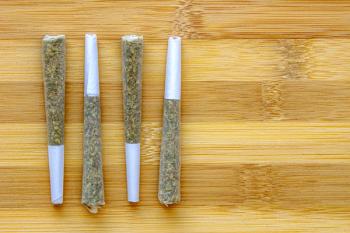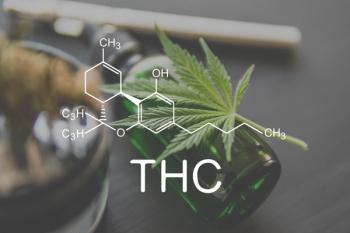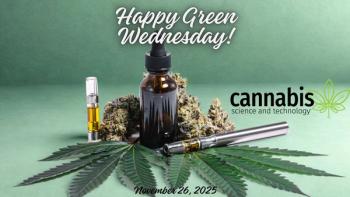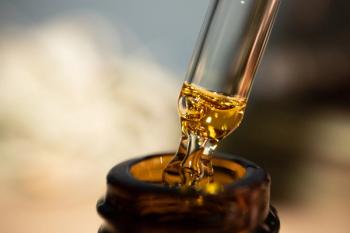
New Cannabis Testing and Sampling Initiative Launched in Missouri
The statewide initiative, launched July 1, aims to improve cannabis product safety, labeling accuracy, and testing consistency.
In a July 3, 2025,
The Missouri State Public Health Laboratory was chosen as the designated testing laboratory, though other licensed facilities reportedly could be used for testing. Additionally, this laboratory will help promote best practices, standards, and ensure compliance. Overall, this is anticipated to build consumer trust and strengthen the integrity of the state’s market. Other states have been enacting similar steps to establish laboratories that verify cannabis testing by private laboratories, the news release explained.
“This reference lab will be a pivotal step forward in the evolution of reliable, science-based cannabis testing protocols,” stated Amy Moore, director of DCR, in the press release. “We are grateful for all the expertise and collaboration from many state and national partners, especially from the Missouri State Public Health Laboratory, that helped launch this initiative for Missouri.”
During unannounced inspections, DCR staff will collect samples from licensed cultivation and manufacturing facilities. Licensees can allow the sampled products to continue to sale in accordance with applicable rules, unless otherwise notified.
For more information on the initiative, the press release directs readers to Episode 7 of DCR Out Loud, the
He also notes the common misconception that testing is done to prevent products from reaching the market. “The reality of the situation is testing is trying to ensure the product is safe for human consumption,” he states.
References
- Missouri Department of Health and Human Services. Missouri Division of Cannabis Regulation announces launch of cannabis sampling and testing initiative
https://content.govdelivery.com/accounts/MODHSS/bulletins/3e7e03c (accessed July 8, 2025). - McKenna, Tara. Episode 7, DCR Out Loud, April 18, 2025.
https://www.youtube.com/watch?v=Yzqtr-QOsnA&t=726s (accessed July 8, 2025).
Newsletter
Unlock the latest breakthroughs in cannabis science—subscribe now to get expert insights, research, and industry updates delivered to your inbox.





